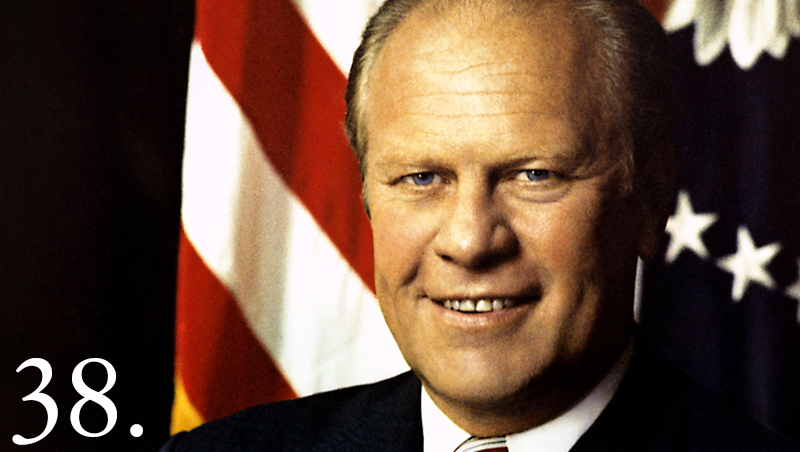Whatever your situation in pursuing growth, the mindset and best practices in strategic leadership means maintaining a delicate balance – preparing for details and keeping an open mind regarding business uncertainty.
When companies fail in their expansion plans, it’s because management is inflexible and relies too heavily on past formulas that aren’t applicable in the new economy.
In essence, they have a poor mindset for effective risk management.
Such companies fail to stay committed in terms of their behavior and matching their overall objectives. They focus too much on opportunities without making sure they’re a good fit.
Instead, management should be asking, “Do our strategies apply for our opportunities?”
Their mindset must always be maintaining and improving their brand presence, working for sustainable growth and profits, and increasing their market share.
That means they must understand the new markets – in particular, the cultures. But managers can’t understand the new markets and the cultural gaps if they don’t even understand themselves.
They must have a strong sense of self awareness – fully understanding strengths and weaknesses, and how much flexibility is required without compromising on essentials.
It’s all in the details – the structure and controls without micromanaging and losing a company’s identity. (This is especially true presence in forming partnerships for a global presence in foreign countries.)
Never go into a marketplace unless you understand its environment.
For strategic leadership, management must create a vision – a roadmap – to remain competitive and adjust in the ever-changing technological and economic environment.
True strategic leaders convey the mission and target customers, and motivate their employees to be unified and instigate change and efficiencies.
The roadmap also includes a strategy for action – what changes are needed to achieve the objectives.
Five skills of such leaders:
- They understand the underlying causes of their challenges.
- They anticipate the moves of their competitors and their reactions.
- They determine how to balance the short-term pressure for profits against the long-term strategies while weighing the needs to satisfy the needs of their stakeholders from customers to employees and shareholders.
- They deduce what’s needed before making decisions.
- They continuously implore organization-wide learning and fine-tuning strategy should course corrections are necessary.
Strategic leaders employ five strategies:
- They analyze, make plans and execute.
- They adapt to quickly evolving conditions in their marketplace.
- They continuously foresee opportunities for revenue.
- They collaborate and form partnerships.
- When faced with quagmires and poor cash flow, they rejuvenate their businesses by reinvention.
The definitive leadership strategies mean adapting and improving a company’s position with vision, planning, flexibility and strong execution.
From the Coach’s Corner, here are more relevant articles:
Leadership Tips for Executing Strategy to Defeat Threats — Multiple solutions might work to triumph over a threat, but a global study in 20 sectors in 20 countries shows execution trumps strategy. Here’s how leaders execute strategy.
How to Grow Your EI for Leadership Success — Emotional intelligence (EI) is important for communication and leadership. A person who has EI is able to evaluate, understand, and control emotions.
Leadership: How Leaders Employ 11 Strengths to Grow Businesses — Ascension to the C-suite doesn’t automatically qualify an executive as a leader. Leaders have 11 strengths that enable them to manage their companies for greater effectiveness and elasticity despite a fast-changing marketplace.
To Become a Leader, Develop Strategic-Planning Skills in 5 Steps — A salient characteristic of leadership is strategic thinking. If you’re ambitious, the ability to be a strategic planner is critical for your success. Here are five ways to achieve your goal.
“Progress is impossible without change, and those who cannot change their minds cannot change anything.”
-George Bernard Shaw
__________






